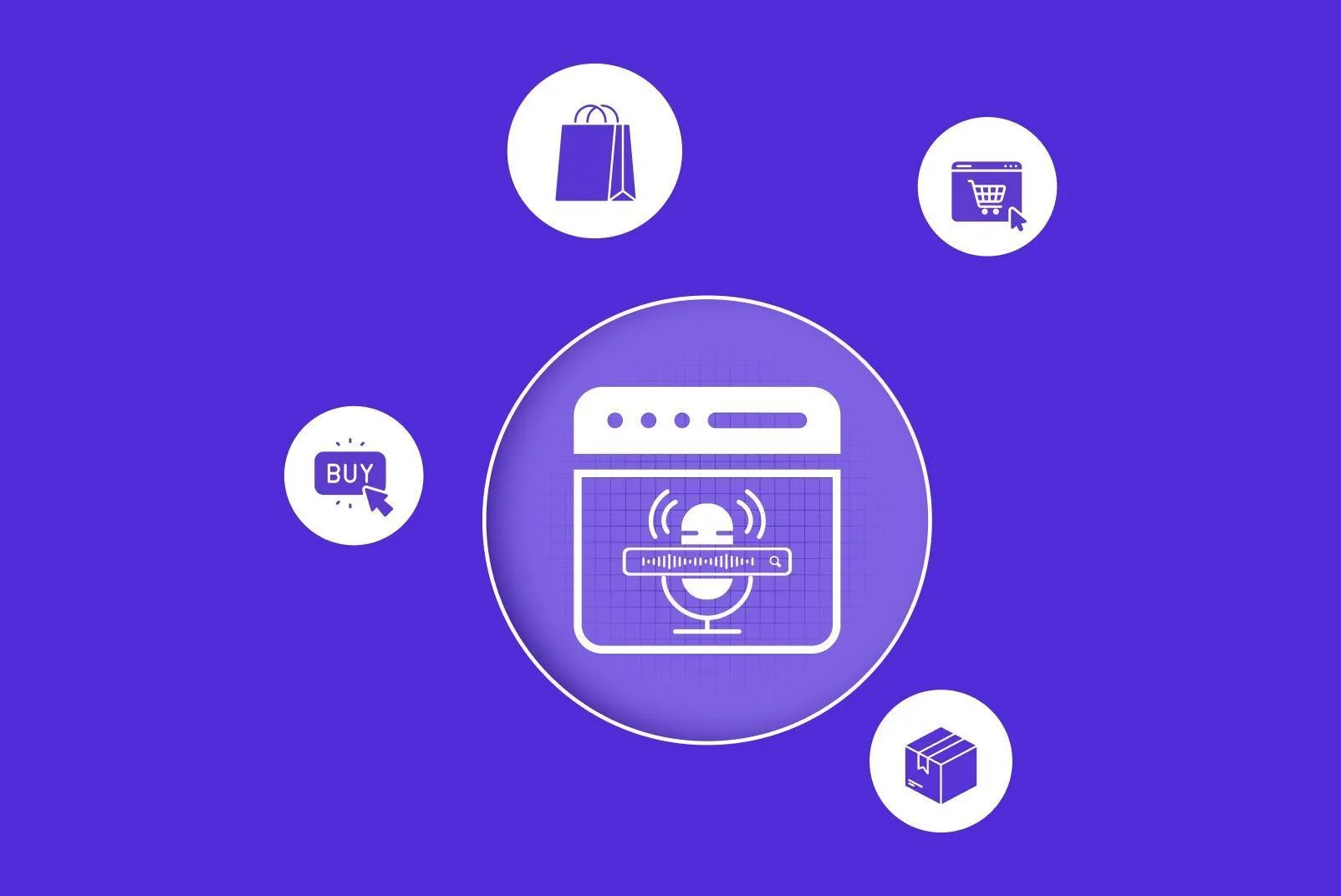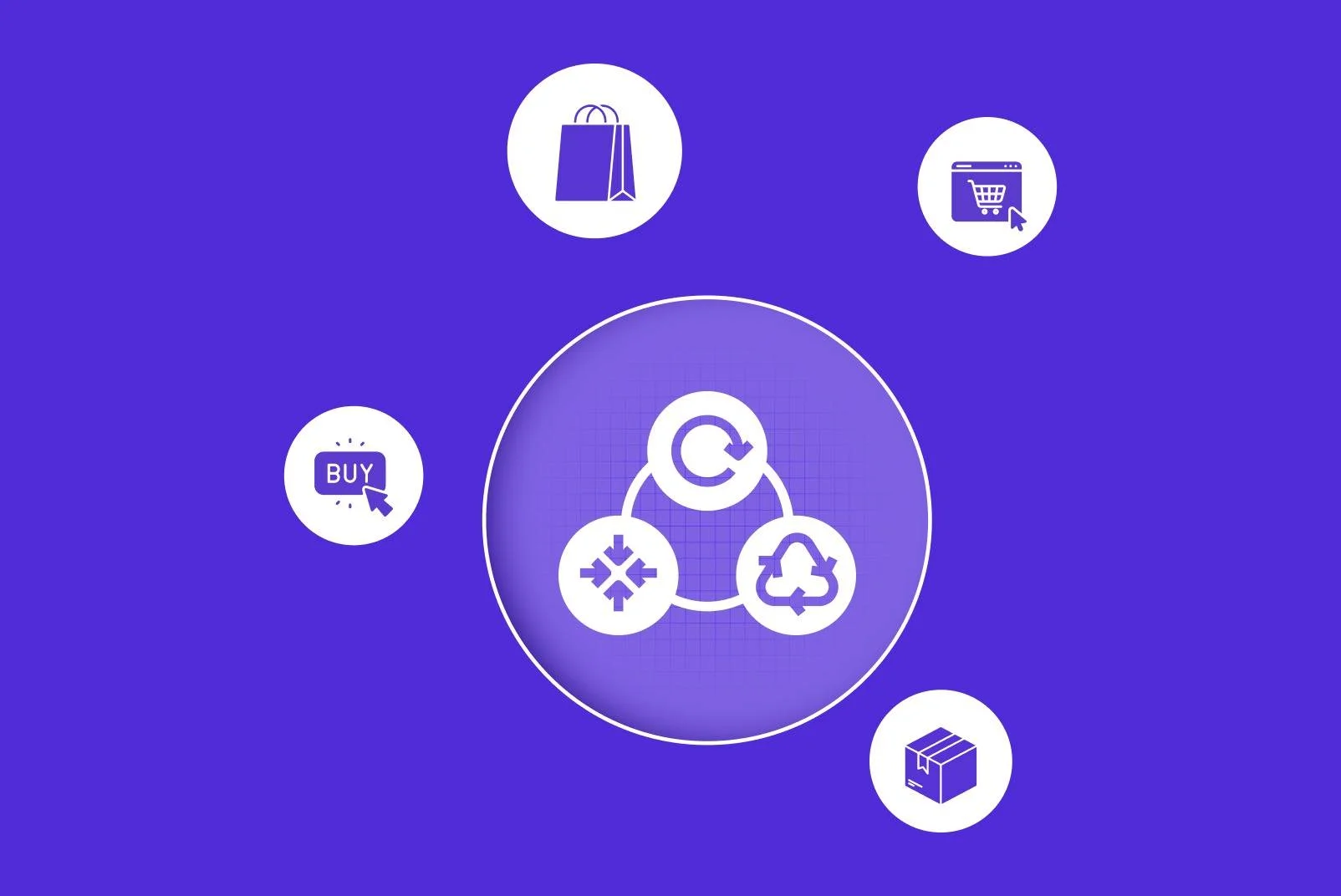The Rise of Voice Search: Preparing Your eCommerce Platform

The digital revolution has been quietly but assuredly getting another makeover: voice search. It's no longer just about text-based queries; consumers are increasingly using voice-activated devices to do their shopping. As experts in eCommerce consulting, eccofi delves into why eCommerce platforms must adapt to this seismic shift and how to go about it.
Why Voice Search Matters
According to studies, approximately 50% of all searches will be voice-based by the end of 2023. Consumers find it easier to speak to a device than to type, making voice search not a passing trend but a necessity. Here’s how you can prepare:
Keyword Strategy: Long-tail and Conversational
Voice search typically involves longer, more conversational phrases. For instance, users might ask, "Where can I find blue summer dresses?" instead of typing "blue summer dresses." Adjust your keyword strategy to include these longer and more natural queries.
Local SEO Matters More
People often use voice search for local queries like “nearest Italian restaurant” or “bookstore near me.” Therefore, enhancing your local SEO by adding geotags and local business listings can significantly impact your discoverability.
Speed and Usability
Voice search is often used on mobile devices, which means your eCommerce platform must be mobile-friendly. Load speed, navigation ease, and quick checkout processes become even more critical.
Structured Data and Rich Snippets
Search engines pull up the most relevant information to answer a voice query. Your eCommerce site should employ structured data and rich snippets to offer brief, relevant information that can be easily picked by search engines.
Voice Commerce Integration
As an advanced step, integrating voice commerce capabilities can drastically change the shopping experience. Users can complete the entire buying process—from product selection to payment—using voice commands. eccofi offers specialized eCommerce consulting services to guide businesses through this integration.
By adapting to voice search's rising significance, your eCommerce business can stay ahead of the curve, enhancing user experience and boosting sales. If you're unsure about navigating this landscape, eccofi is your go-to eCommerce consultant for specialized guidance.








